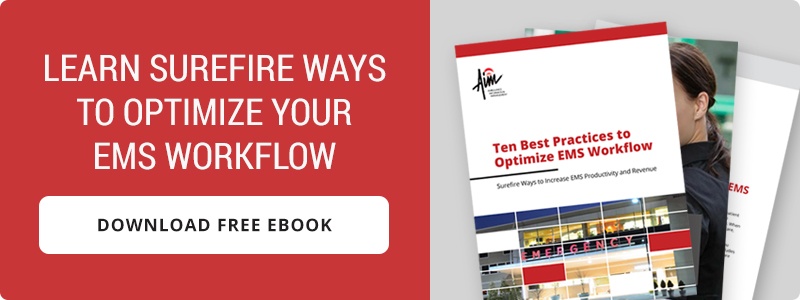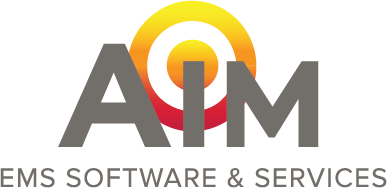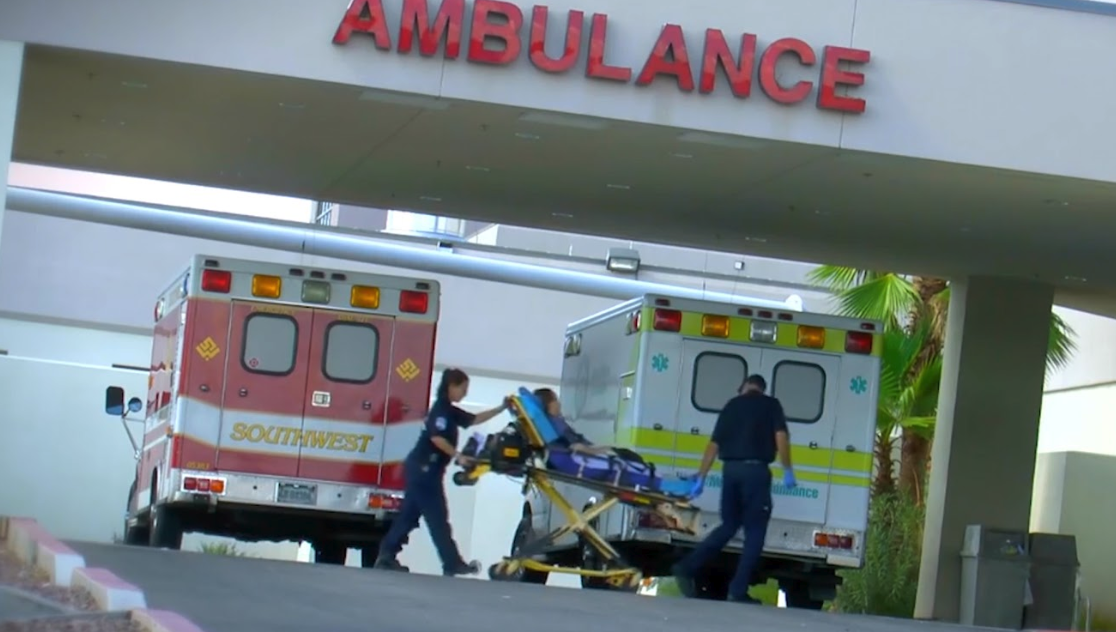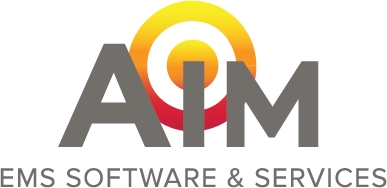Your EMS operation is an integrated process, so it needs a cleanly integrated system across dispatch, ePCR, and billing.
EMS agencies continue to struggle to make ends meet. The cost of EMS patient care continues to rise, while ambulance reimbursement rates continue to disappoint. In addition, Federal and state regulations continue to multiply. When payers and regulators fail to see the immense value EMS brings to healthcare, economical solutions can be hard to find.
This post, the last in our 10-post series, highlights the final EMS best practice intended to help your agency keep its footing by increasing efficiency and improving revenue
EMS Best Practice #10: Reduce Costs and Improve Quality with an Integrated EMS System
EMS care is a profession, but an EMS operation is a workflow. Dispatch is the first workstation, patient care is the second, and billing is the third. The performance of each downstream workstation depends on upstream performance. Poor communication, poor quality information, and mismatched hand-offs cause delays, waste resources, reduce quality and cost money. Your EMS operation is an integrated process. Your EMS system should support it with clean integration across all workstations.
An integrated EMS system initiates the EMS workflow with a single point of data entry at dispatch. Crews use prior patient look-up to auto-populate demographic and medical history fields, get accurate and complete information, and reach the scene more quickly. Data from important documents like the PCS should appear automatically in downstream documents like the ePCR for easy access and verification of medical necessity.
Integrated data across patient, call, care, claim and compliance can be easily assembled for accurate billing and rapid reimbursement. A complete, end-to-end audit trail is automatically maintained to ensure and demonstrate compliance with both internal and external standards. And, historical data that spans the entire EMS operation can be used for daily reporting, ongoing QA, and deep operational analysis to improve both clinical and financial outcomes. When your EMS operation is squeezed between revenue and costs, good information will be your ultimate guide to improved performance.
Want to see all 10 EMS best practices?
Download our eBook, Ten Best Practices to Optimize EMS Workflow, to gain nine more best practices that will help you revitalize your organization, increase efficiency, and improve revenue. It includes concrete actions that you can take to streamline dispatch, simplify patient care reporting, and improve EMS billing to maximize reimbursement.





